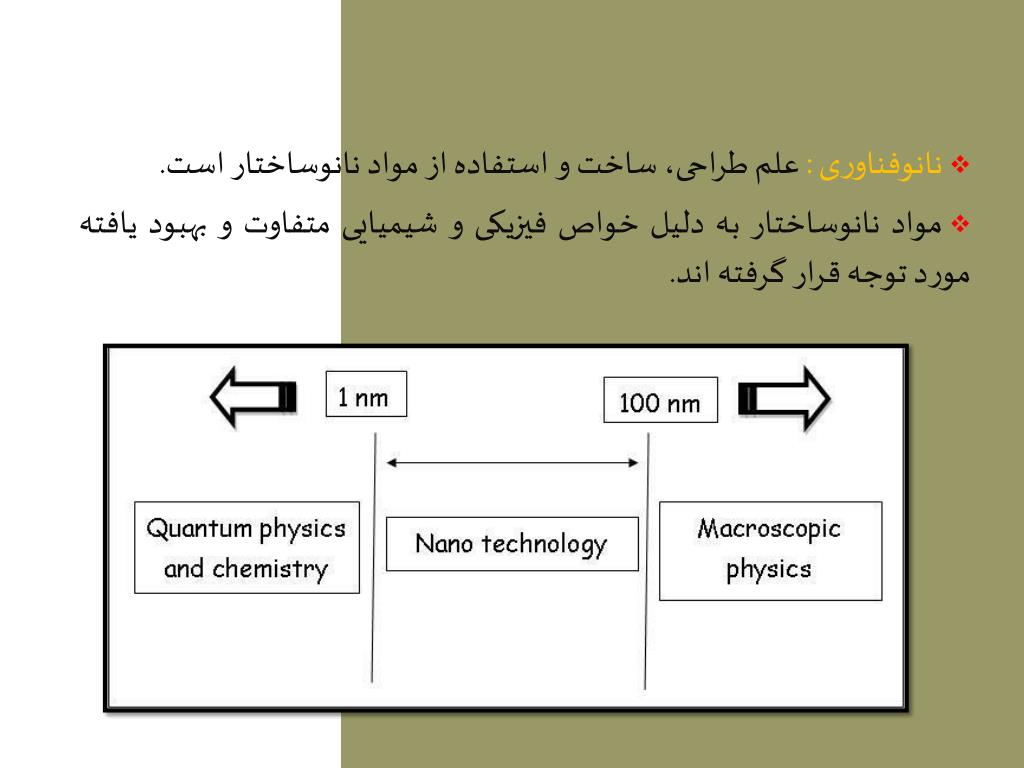
In the main function, we initialize the stack, enter elements, reverse the stack by calling reverseStack() function and print the reversed stack. Program Queue.java implements a generic FIFO queue using a. To push() an item, we add it to the beginning of the list to pop() an item, we remove it from the beginning of the list. Java 8 get the stream and use a lambda expression. It maintains the stack as a linked list, with the top of the stack at the beginning, referenced by an instance variable first. It is important to note that in this method. Using enhanced for-loop (uses Iterator internally) // 3. Dynamically: Linked list implementation of stacks follow the dynamic memory allocation of its data elements. Using an iterator to iterate through a stack. Let’s check out the main function before moving to each approach. Following is a simple Java program that covers all approaches to iterate through a stack in Java: // 1. with stack cables, power on the switches from top to bottom or power on all switches at. The time complexity for all operations in a stack is O(1), making it efficient and improving performance.Ĭheck out Stack Notes to learn stack in detail. In this case, each logical stack port can contain only one link. Some communities and utility companies in Switzerland therefore initiated a project to introduce a powerful and easy to use DXF export function directly in QGIS. Each node contains a pointer to its immediate successor. The main node in our implementation is the top node which is just like all other nodes but also acts as a gateway. In linked list implementation of stack, the nodes are maintained non-contiguously in the memory. Each is characterized by four operations: create the collection, insert an item, remove an item, and test. Stacks and queues are special cases of the idea of a collection. A linked list is a data structure made up of small nodes each of which can store a data item and an address to the next such node. In this section, we introduce two closely-related data types for manipulating arbitrarily large collections of objects: the stack and the queue. In this, the element added last is accessed first. A stack is a LIFO data structure in which items can be added and removed, both from the same point. Due to this reason, it is a LIFO (Last In First Out) data structure. This.Top = new Node( datum, this.At any given time, one can only access the top element of a stack. If ( this.Top = null ) throw new InvalidOperationException("Can't pop an empty stack!") / remove the top item from the stack and return it If ( data = null ) throw new ArgumentNullException("data") Public LinkedListStack( IEnumerable data ) : this() This means that you can add items, change items, remove items and clear the list in the same way. The LinkedList class has all of the same methods as the ArrayList class because they both implement the List interface. / constructor: initializes the stack with the provied contents. The LinkedList class is a collection which can contain many objects of the same type, just like the ArrayList.
#BOTTOM METHOD FOR LINKED LIST STACK CODE#
Here's the code from it: public interface IStack : IEnumerable It will give you some really interesting tips on implementation. I highly recommend reading Eric Lippert's Immutable Stack article. UserInput = Int32.Parse(Console.ReadLine()) Ĭonsole.WriteLine("Stackoverflow, to many elements for the stack") Ĭonsole.WriteLine("Enter a name to be added") I can't figure out where to return the value within it goes, I think it should work when that is sorted out (sorry for the poor wording).Ĭonsole.WriteLine("2: Delete from stack") So, to alleviate this problem, we use linked list to. It can also result in 'Stack overflow' if we try to add elements after the array is full. The limitation in case of array is that we need to define the size at the beginning of the implementation.


The Push method is working but the Pop isn't. Stack can be implemented using both, arrays and linked list. I am trying to create a Linked list Stack with Pop and Push functionality.


 0 kommentar(er)
0 kommentar(er)
